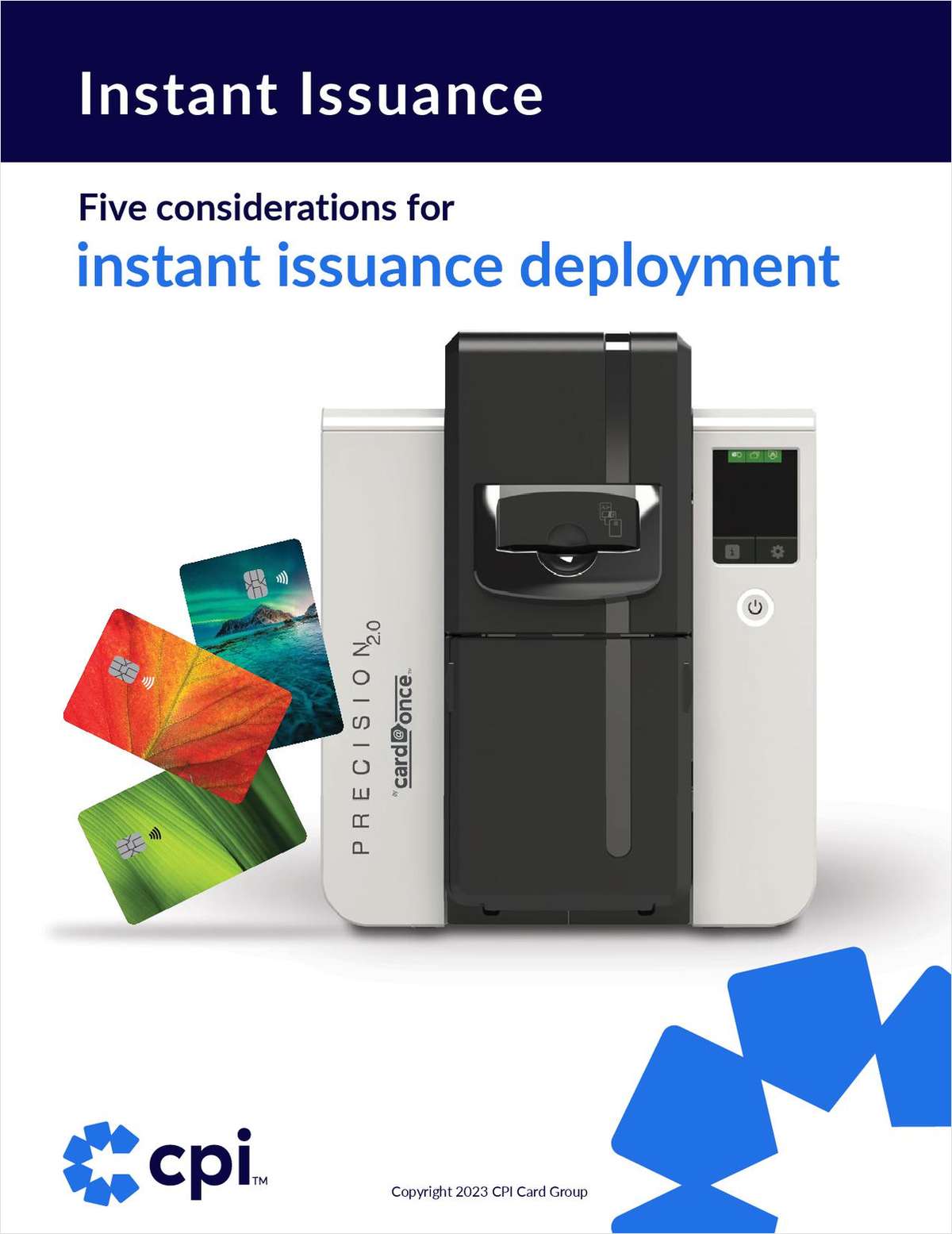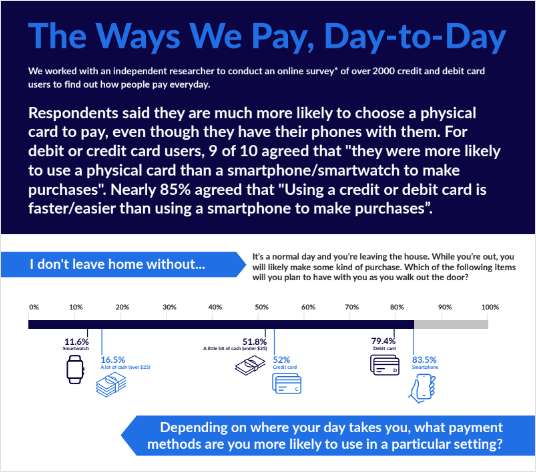DURHAM, N.C. – Three years after the state passed its landmark anti-predatory lending legislation, Gov. Michael F. Easley took particular pleasure on August 13 announcing that, "the first anti-predatory lending law in the country is working." Easley was part of a panel of seven that met to discuss the results of a study conducted by the Center for Responsible Lending on the impact of North Carolina's anti-predatory lending law that was passed in 1999 and became effective in 2000. Among the others on the panel were: North Carolina Attorney General Roy Cooper; Eric Stein, a spokesperson for the Center for Responsible Lending; Sharon Hermanson, senior policy advisor for the AARP Public Policy Institute; Paul Stock, EVP, North Carolina Bankers Association; and James Stewart, a resident of North Carolina and a victim of predatory lending. "The study proves the loan companies can make a profit without ripping off consumers," said Cooper. "The era of outrageous fees and unfair prepayment penalties in North Carolina has ended." Cooper sponsored the legislation was he was a state senator. At the time, Gov. Easley was state attorney general. "When the legislation was first introduced, we were told low income consumers would not have access to credit and lenders would move out of the state. Well the study results show that the law has saved people at least $100 million and preserved their access to credit. We can save consumers billions of dollars if we can get similar laws passed in other states." At the current time, four states besides North Carolina have enacted laws addressing predatory lending – California, Georgia, Illinois and New York. The study conducted by the Center for Responsible Lending was based on the review of over 28 million loans worth $3.3 trillion in all 50 states and the District of Columbia between 1998-2000 as reported to federal regulators under the Home Mortgage Disclosure Act (HMDA). The study only looked at mortgage lending and did not include payday lending practices. Among the findings of the study, it showed that: * contrary to opponents' allegations that passage of the law would result in the lack of available credit for low-income consumers, subprime lending is thriving in North Carolina. The state was still the sixth most active state for subprime lending in 2000, with borrowers 20% more likely to receive a subprime loan than borrowers in the rest of the country. One in every three loans to low-income families in the state was subprime, the highest proportion of any state in the country. * lenders who specialize in subprime lending continue to lend in the state. No major subprime lender left North Carolina since the law went in to effect, and every major subprime lender that reported new lending anywhere in the U.S. in 2000 also reported new loans in North Carolina. Cooper said the study's findings "are not just good news for North Carolina, but for the entire country. North Carolina has led the way, now it's important for the rest of the country to follow," he said. "We're passing on the message that if you're going to do business in North Carolina, then you must obey North Carolina law. It's important that we remain vigilant and we push for passage of anti-predatory lending laws in other states." -
Complete your profile to continue reading and get FREE access to CUTimes.com, part of your ALM digital membership.
Your access to unlimited CUTimes.com content isn’t changing.
Once you are an ALM digital member, you’ll receive:
- Breaking credit union news and analysis, on-site and via our newsletters and custom alerts
- Weekly Shared Accounts podcast featuring exclusive interviews with industry leaders
- Educational webcasts, white papers, and ebooks from industry thought leaders
- Critical coverage of the commercial real estate and financial advisory markets on our other ALM sites, GlobeSt.com and ThinkAdvisor.com
Already have an account? Sign In Now
© 2025 ALM Global, LLC, All Rights Reserved. Request academic re-use from www.copyright.com. All other uses, submit a request to [email protected]. For more information visit Asset & Logo Licensing.









